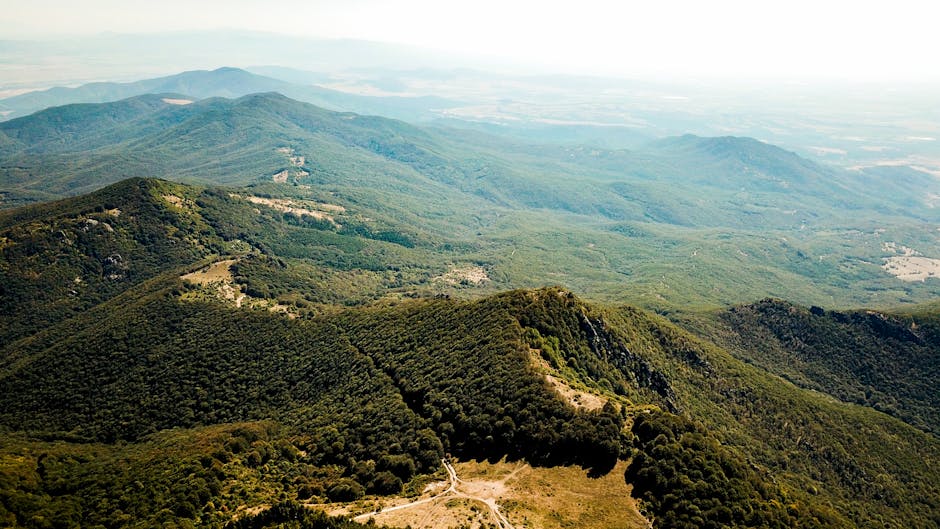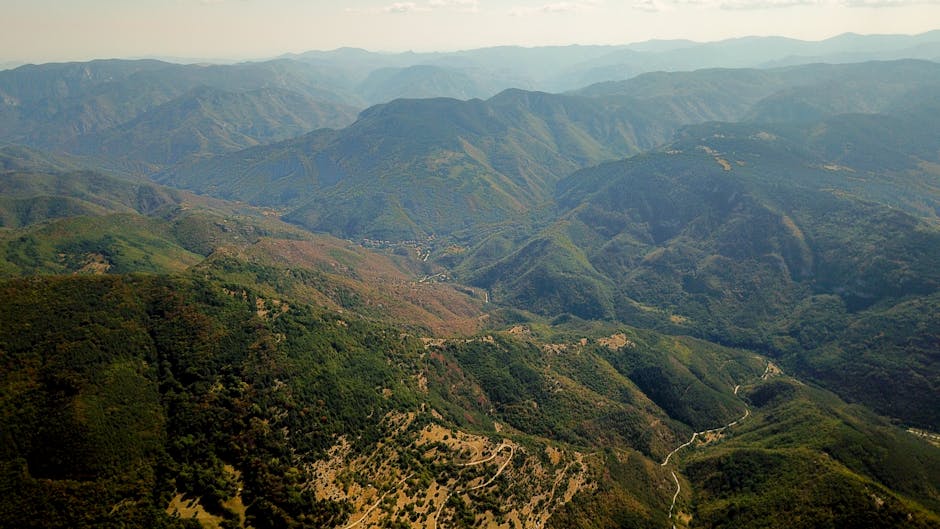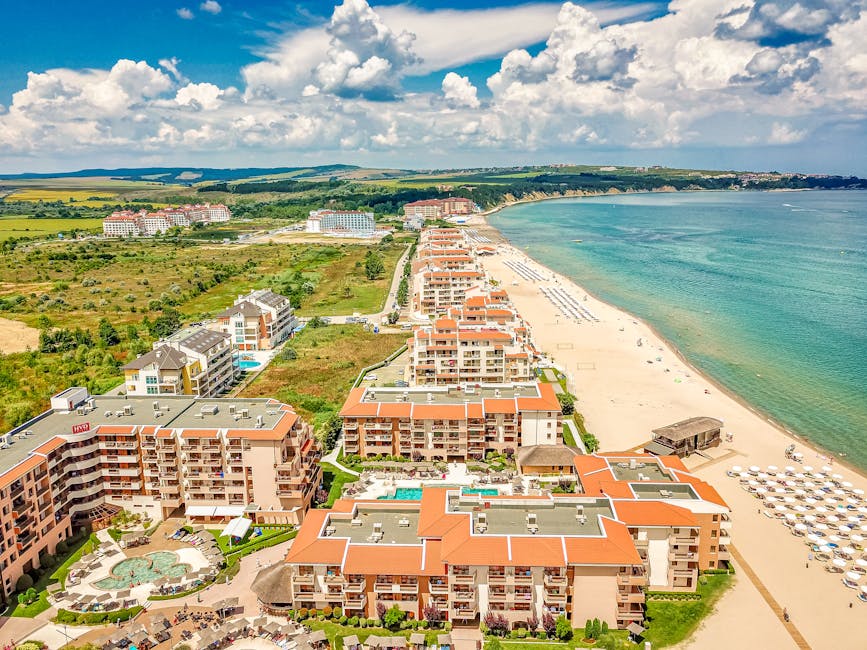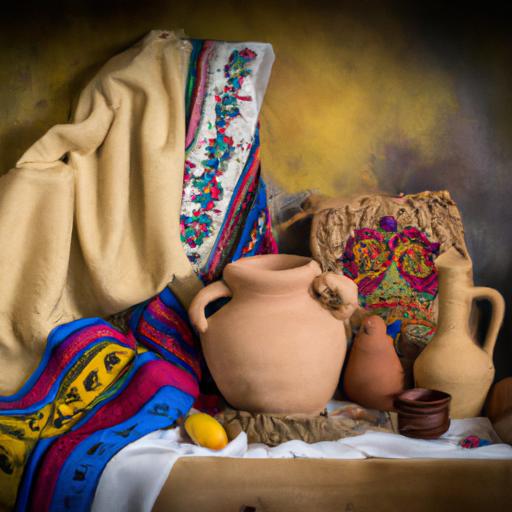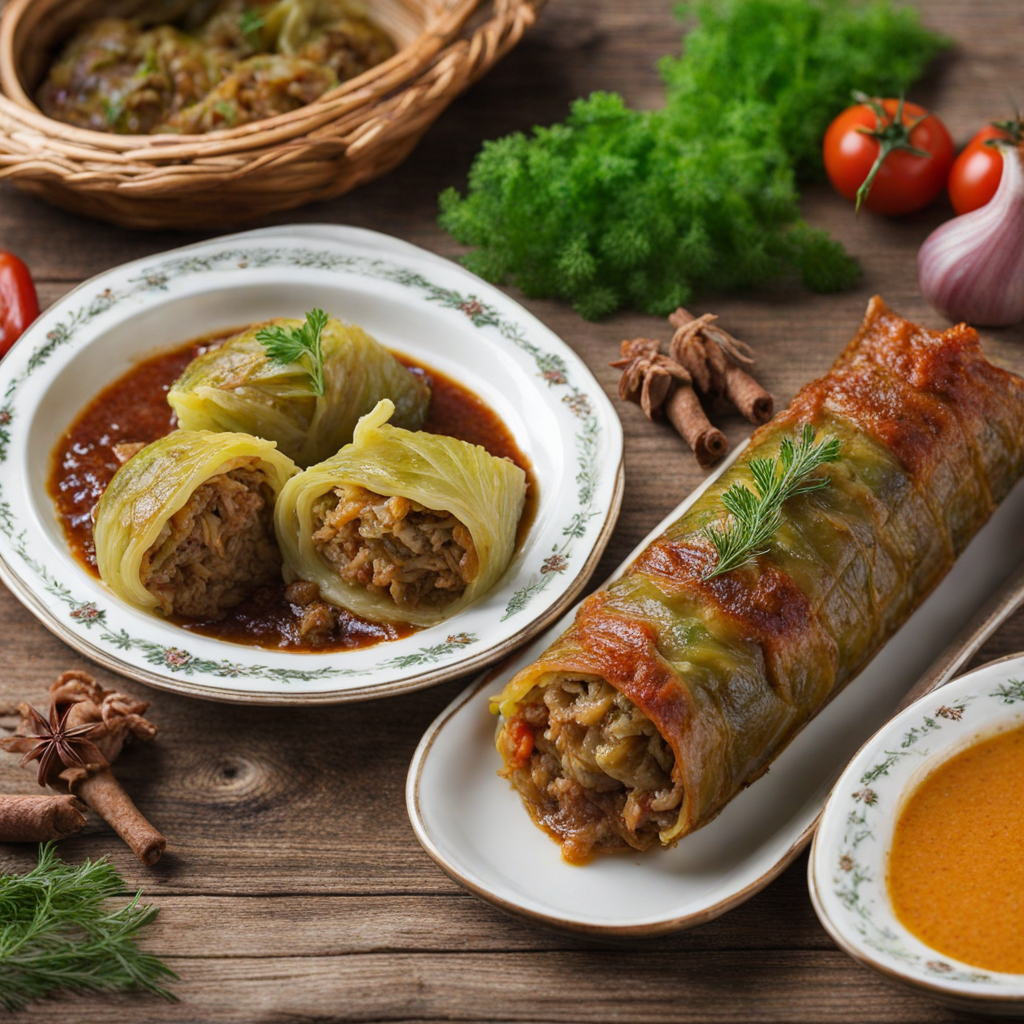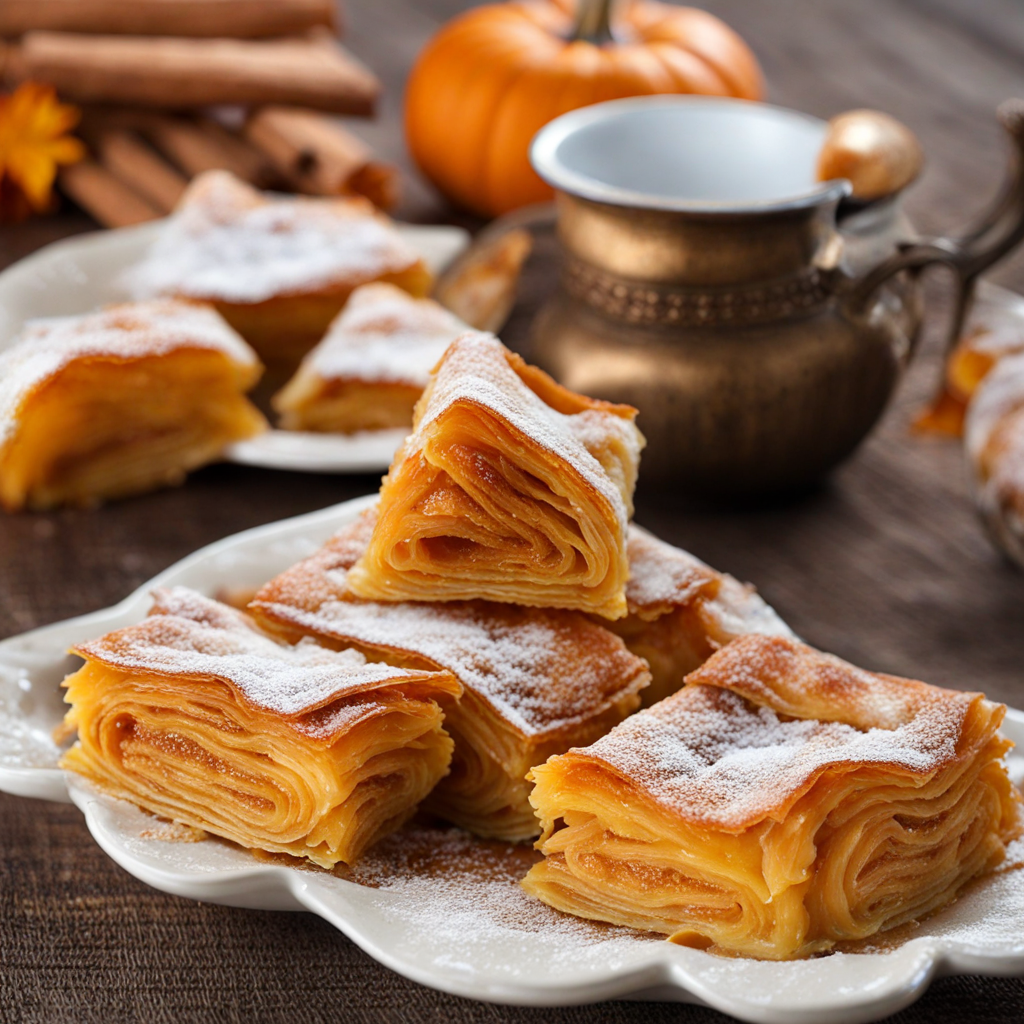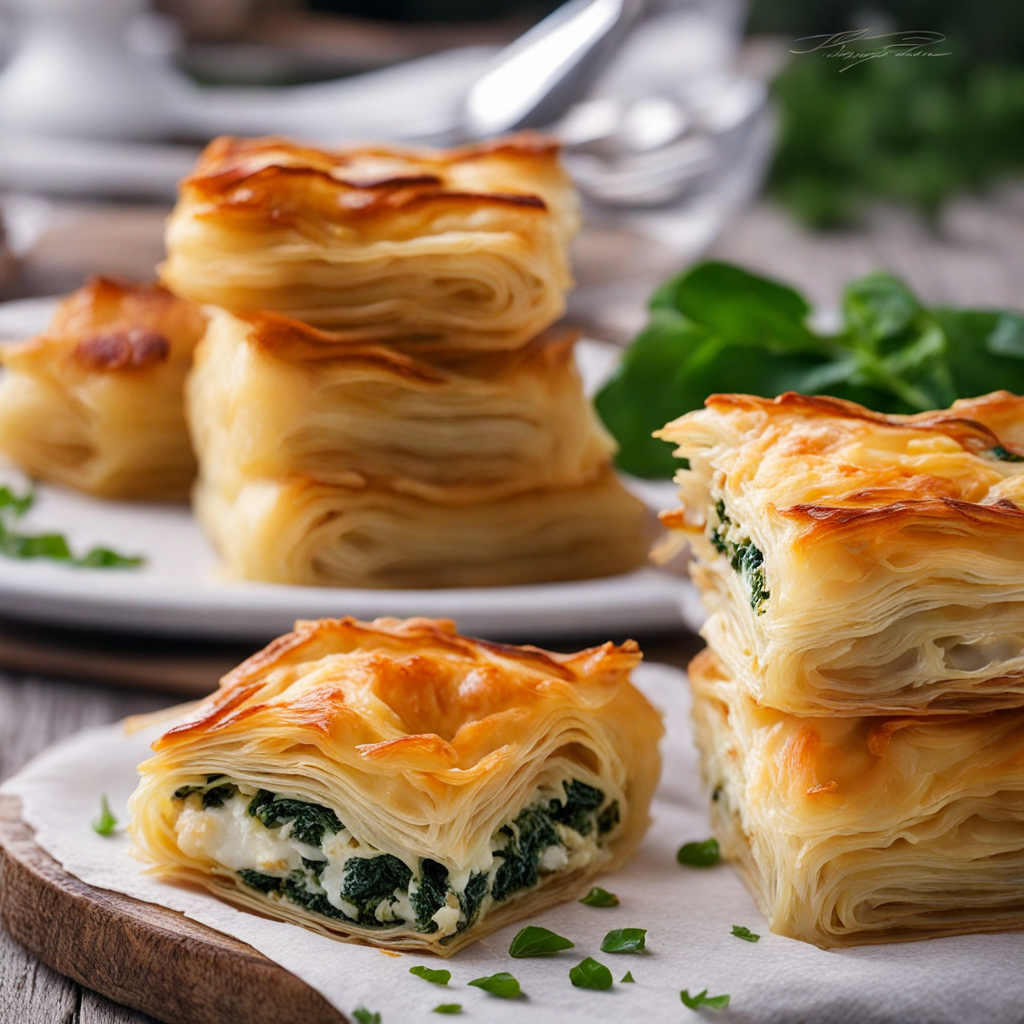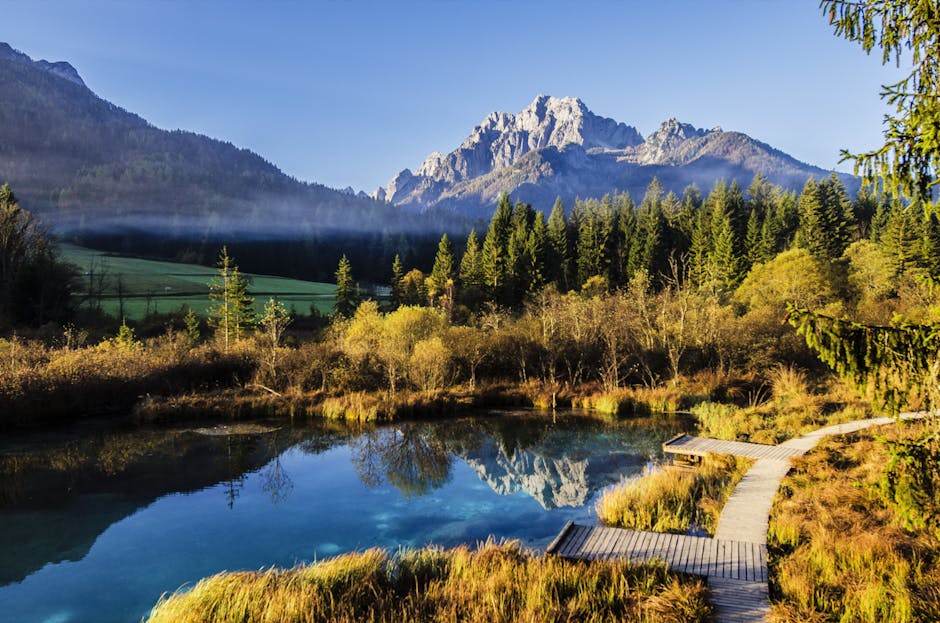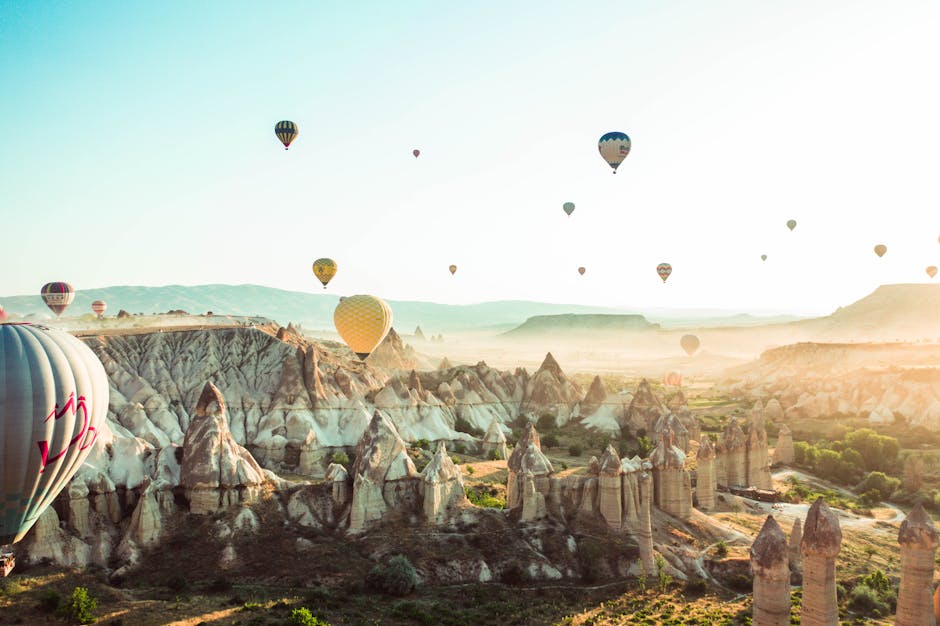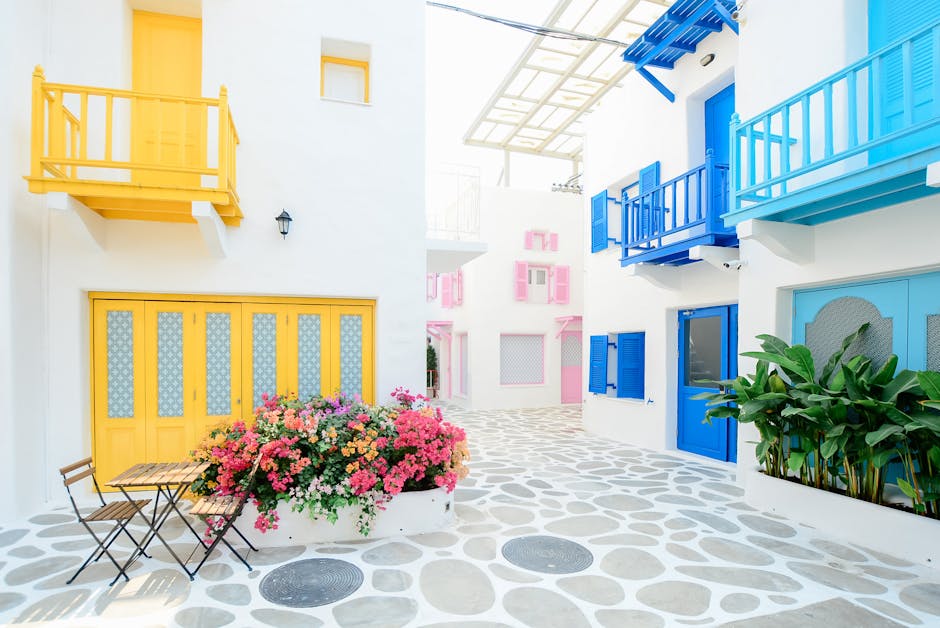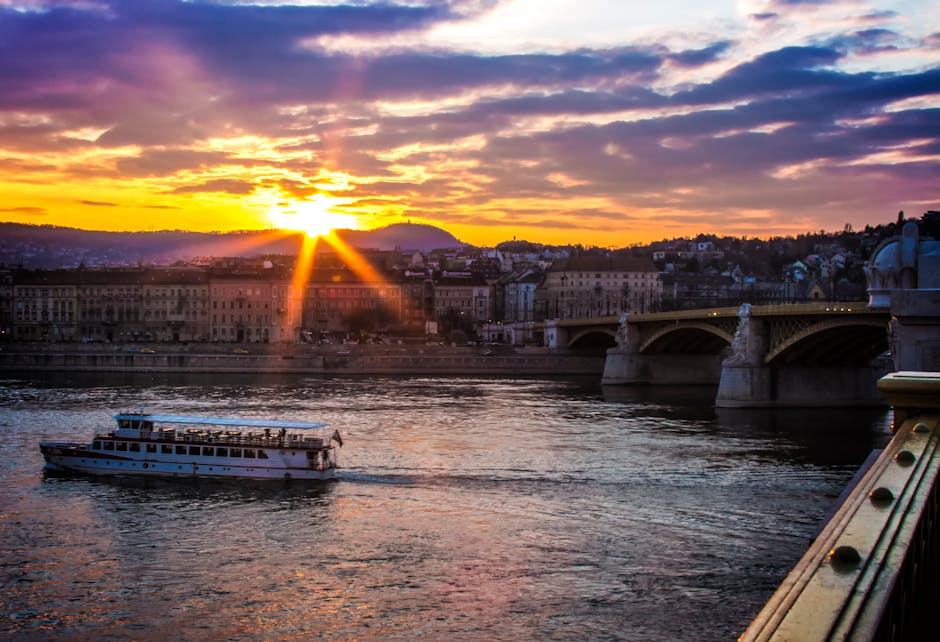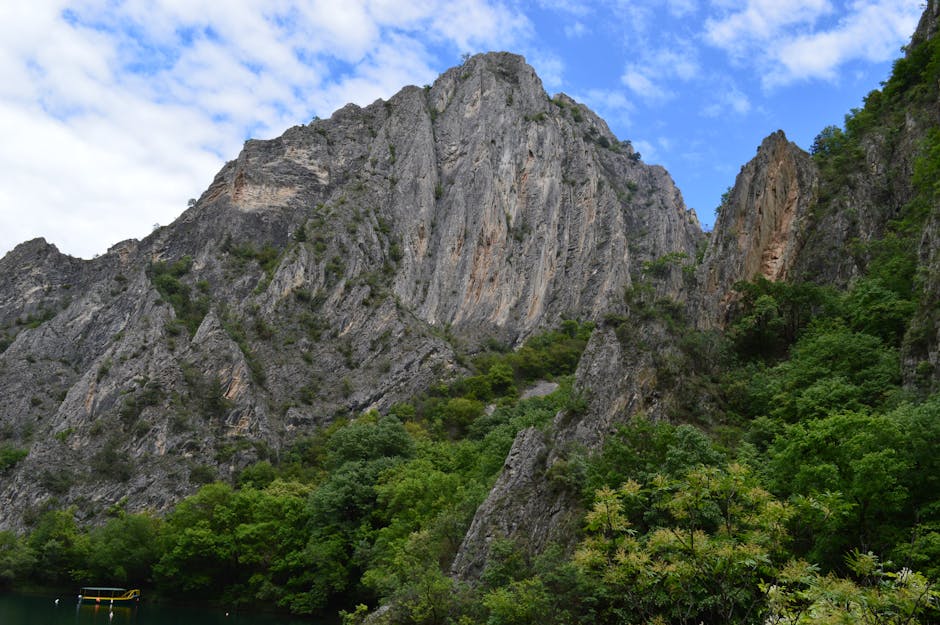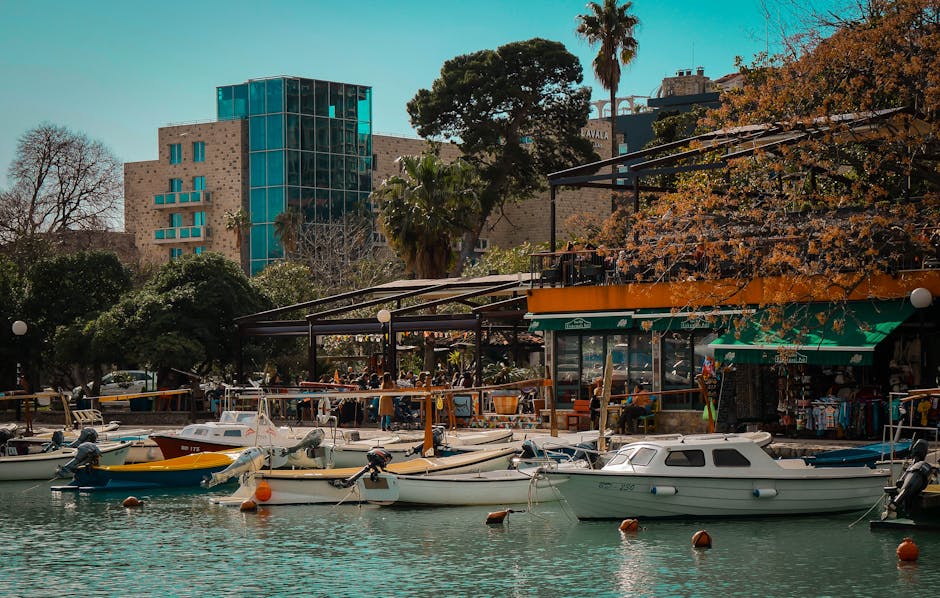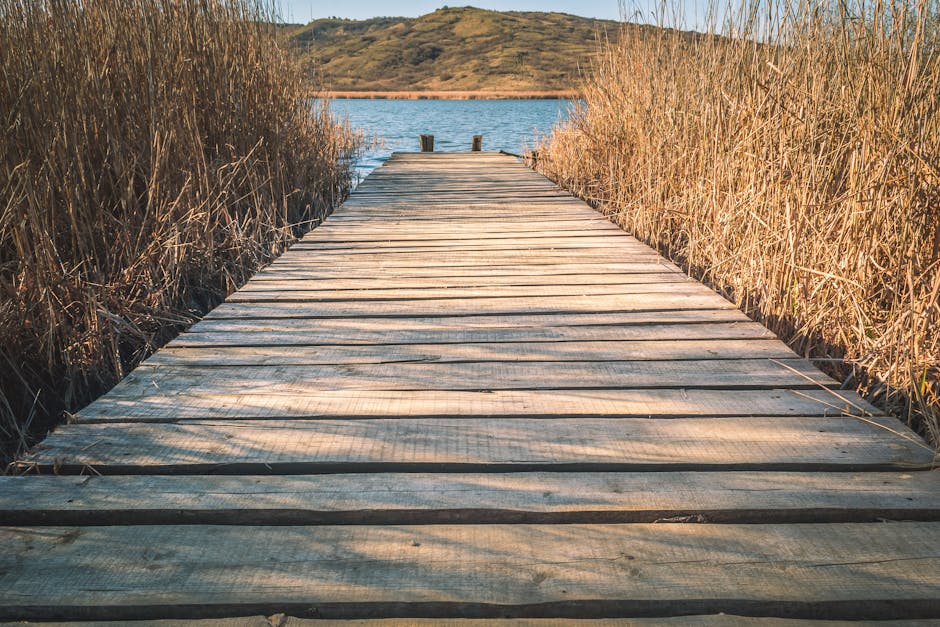Bulgaria
Overview
Bulgaria: A Hidden Gem in Southeastern Europe
Bulgaria, situated in southeastern Europe, is a country filled with diverse culture, rich history, and stunning landscapes. It's a hidden gem that bristles with a wide range of offerings - from stunning Black Sea beaches to majestic mountain ranges and vibrant cities. The Bulgarian culture is a unique blend of Thracian, Slavic, and Bulgar traditions, boasting an impressive array of folk music, dance, and crafts. One of the key highlights of Bulgaria is its affordability, making it a perfect destination for teenagers who might be traveling on a budget. Moreover, it's one of the oldest countries in Europe, with numerous historical sites and artifacts that date back over 7,000 years, making it an intriguing destination for history enthusiasts.
Tourism Seasons in Bulgaria
Bulgaria’s high season for tourism is typically during the summer months, from June to August, when the weather is warmest. The temperatures usually range from 25°C to 30°C, making it an ideal time for outdoor activities. During this period, visitors can enjoy sunbathing at the Black Sea beaches, hiking in the Rila and Pirin mountains, or exploring the historical cities of Sofia and Plovdiv. For those interested in cultural experiences, the Rose Festival in Kazanlak and the Koprivshtitsa Folk Festival offer a glimpse into the rich Bulgarian traditions. Winter tourism is also popular in Bulgaria, with multiple ski resorts in Bansko, Borovets, and Pamporovo becoming hotspots for snow sports from December to March.
Travel Tips for Visiting Bulgaria
Before traveling to Bulgaria, it's important to prepare adequately to make the most of your visit. Bulgaria is part of the European Union, but not the Schengen area, so travelers should check the visa requirements for their specific country. English is not widely spoken outside of large cities and tourist areas, so learning a few basic Bulgarian phrases could be helpful. The local currency is the Bulgarian Lev, and while credit cards are accepted in most places, it's advisable to carry some cash for smaller establishments. Health insurance is also recommended as medical costs can be high. Finally, don't forget to pack according to the season – light clothing for the summer, and warm, waterproof attire if you plan to visit in winter.
A Glimpse into the Past
Bulgaria, located in Southeast Europe on the Balkan Peninsula, boasts a rich history that dates back to ancient times. This land has been inhabited since the Neolithic period, and its story is woven through the rise and fall of empires, the spread of Christianity, and cultural exchanges that have shaped its identity.
One of the most significant periods in Bulgaria's history began with the establishment of the First Bulgarian Empire in 681 AD, founded by the Proto-Bulgarians, a group of Turkic tribes. Under the leadership of Khan Asparuh, the empire expanded rapidly, incorporating Slavic tribes and establishing a unique culture. The Bulgarians transformed themselves from nomadic warriors into a settled agricultural society.
The capital of the First Bulgarian Empire was Pliska, an impressive city with fortified walls, palaces, and temples. Today, visitors can explore the Pliska Archaeological Reserve, where the remnants of this ancient capital provide insight into the architectural and cultural achievements of the time.
In the late 9th century, Bulgaria experienced a cultural renaissance under Prince Boris I, who converted the country to Christianity in 864 AD. This pivotal moment led to the development of the Cyrillic alphabet, which was created by Saints Cyril and Methodius. These two brothers are celebrated for their efforts to promote literacy and Christianity among the Slavic peoples. The Cyrillic script has since spread far beyond Bulgaria, becoming the writing system for many Slavic languages.
The Second Bulgarian Empire emerged in the late 12th century, marked by a surge in cultural and political power. The capital moved to Tarnovo, a city that became a symbol of Bulgarian resilience and pride. The Tsarevets Fortress, located in Tarnovo, is a must-see for travelers, showcasing stunning medieval architecture and panoramic views of the surrounding landscape.
During this period, Bulgaria flourished in arts, literature, and architecture. The Tarnovo Literary School produced many important works that contributed to the preservation of Slavic culture and history. The Church of the Forty Martyrs and the Monastery of the Holy Trinity are notable examples of the era's architectural achievements, attracting visitors who wish to admire their beauty and historical significance.
However, the glory of the Second Bulgarian Empire was not to last. In the late 14th century, Bulgaria fell under Ottoman rule, which lasted for nearly five centuries. The Ottoman Empire brought significant changes to the cultural and social fabric of Bulgaria. During this time, many Bulgarians converted to Islam, and the landscape was dotted with mosques and other Islamic architectural influences.
Despite the challenges of Ottoman domination, Bulgarian culture persisted. The National Revival Movement of the 18th and 19th centuries aimed to reclaim Bulgarian identity and independence. This period saw the establishment of schools, printing houses, and the promotion of folk traditions. The Ethnographic Museum in Plovdiv is an excellent place to delve into this rich tapestry of Bulgarian folklore and traditions, showcasing traditional costumes, crafts, and domestic life.
The struggle for independence culminated in the Russo-Turkish War of 1877-1878, leading to the establishment of the Principality of Bulgaria. The Treaty of San Stefano marked a significant turning point, but it was later revised by the Treaty of Berlin, which limited Bulgaria's borders. Despite this, the new principality laid the groundwork for the modern Bulgarian state.
The early 20th century saw Bulgaria embroiled in the Balkan Wars and World War I. The country's ambitions for territorial expansion ultimately led to its defeat and heavy reparations. However, Bulgaria managed to regain some territories in the aftermath of World War II, although the political landscape shifted dramatically as the country fell under communist rule in 1946.
During the communist era, Bulgaria experienced significant industrialization and urbanization. However, political repression and economic difficulties marked this period. The National Palace of Culture in Sofia serves as a reminder of the grandiose projects initiated during this time, reflecting the ambition of the communist regime to showcase Bulgaria's achievements on an international stage.
The fall of communism in 1989 marked a new chapter in Bulgaria's history. The country transitioned to a democratic system and embraced market reforms, leading to both challenges and opportunities. Bulgaria joined the European Union in 2007, solidifying its place in the European community and opening up new avenues for cultural exchange and economic growth.
Today, Bulgaria offers travelers a blend of ancient history, vibrant culture, and stunning landscapes. The Rila Monastery, a UNESCO World Heritage Site, is a prime example of the country's religious and architectural heritage. Nestled in the Rila Mountains, this stunning monastery is renowned for its colorful frescoes and intricate woodwork, attracting pilgrims and tourists alike.
For those interested in natural beauty, the Seven Rila Lakes, a group of glacial lakes, provide breathtaking views and hiking opportunities. The lakes, named for their unique shapes and features, are a popular destination for outdoor enthusiasts and nature lovers.
Bulgaria's rich heritage is also celebrated through its many festivals. The Rose Festival in Kazanlak is a vibrant event that honors the country's rose oil production. Visitors can participate in traditional dances, music, and the crowning of the Rose Queen, immersing themselves in the local culture.
The ancient city of Nessebar, another UNESCO World Heritage Site, offers a glimpse into Bulgaria's rich history. With its well-preserved medieval churches, cobblestone streets, and stunning seaside views, Nessebar is a perfect spot for travelers interested in history and relaxation.
The capital city, Sofia, is a lively blend of ancient and modern. Tourists can visit the Alexander Nevsky Cathedral, a symbol of Bulgarian Orthodox faith, and explore the vibrant street life filled with cafes, shops, and cultural venues. The city's history is palpable, with Roman ruins scattered throughout, including the Roman City of Serdica.
In conclusion, Bulgaria's storied past is reflected in its remarkable sites and cultural traditions. From ancient Thracian tombs to medieval fortresses, and from vibrant cities to serene landscapes, Bulgaria invites travelers to explore its multifaceted history and rich heritage. Whether you're wandering through the streets of Plovdiv, hiking in the Rila Mountains, or savoring traditional Bulgarian cuisine, the country offers a journey through time that is both captivating and enlightening.
Top cities for tourists in Bulgaria
Discover the Famous Cities That Might Captivate Your Interests
Must-Try Foods You Can't Afford to Miss
Indulge in a Variety of Fantastic Foods During Your Stay in Bulgaria
May Be Your Next Destinations
People often choose these countries as their next destination



